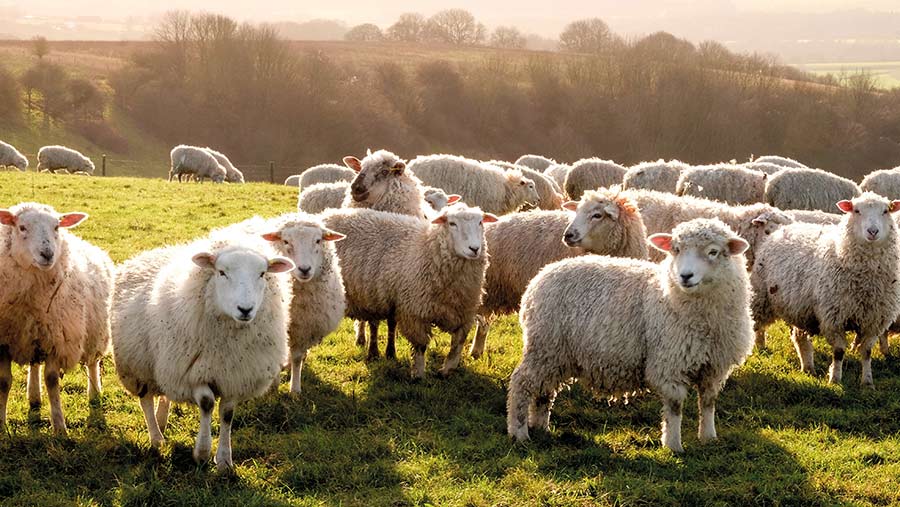Land use framework ‘vital to balance needs of food and nature’
 © Gill/AdobeStock
© Gill/AdobeStock A national land use framework is the “single most important” step the government can take to drive decision-making over land use for food and energy production, nature and climate action, according to the government’s food tsar, Henry Dimbleby.
The UK government committed to creating a 2023 Land Use Framework for England in its Food Strategy document, published in June.
This will aim to ensure net-zero and biodiversity targets are met and help farmers adapt to a changing climate while allowing them to continue to produce high-quality, affordable food to support healthier diets.
See also: How future land use change will affect UK farmers
Speaking at an Environment, Food and Rural Affairs (Efra) committee session on food security, Mr Dimbleby said the instruments available to government to achieve this include its Environmental Land Management (ELM) policy, planning law and regulation.
To build these areas and do the calculations for food, biodiversity, carbon and fuel correctly, a land use framework would be needed first, Mr Dimbleby told cross-party MPs at the hearing in Westminster on Tuesday 18 October.
Defra role
Mr Dimbleby is co-founder of the Leon restaurant chain, the lead non-executive director at Defra and author of the National Food Strategy for England, a government-commissioned independent review to set out a vision and a better plan for a food system.
Since the end of the Second World War, using the same amount of land to produce 1.7 times the number of calories per person “is making us sick and destroying the environment; it’s driving out nature”, he said.
But the government now needs to “solve different equations” and use land that is fundamentally scarce not only to produce food, but to restore nature and sequester carbon.
Policymakers have to get “much more savvy” about what land does, Mr Dimbleby said. He then set out his own long-term vision to achieve this.
He recommended that a national plan on land use should include land that produces more food, such as higher-yielding crops with lower inputs; about 5% of farmland set aside for nature; and then, in the middle, a range of different kinds of farming that share nature and food production.
Sheep sector discord
Barry Gardiner, Labour MP for Brent North and Efra panel member, told Mr Dimbleby he risked losing friends in the sheep farming sector after previously arguing that 20% of farmland, mainly peatlands and in the uplands, could be lost and used for the environment – and this would only reduce the calories produced by 3%.
But Mr Dimbleby replied that the uplands “are not homogeneous” – he could easily foresee farmers in the Lakes District, for example, being paid for producing environmental benefits and planning laws relaxed to allow barns and other outbuildings to be converted into additional businesses, such as tourist accommodation.
“It’s a difficult balance to achieve, which is why you need a framework first and then that needs to fit into local planning, central planning, ELM scheme payments and so on,” he added.
